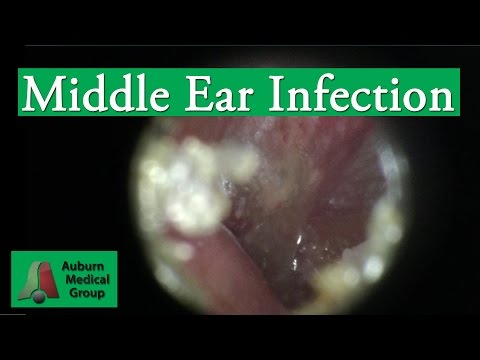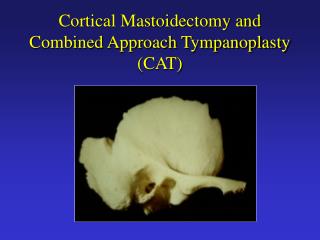Infant Ruptured Eardrum: Causes And Treatment

Infant ruptured eardrum, also known as tympanic membrane perforation, is a condition where the thin membrane separating the outer ear canal from the middle ear is torn or punctured. This can be a painful and potentially serious condition for infants, requiring prompt medical attention to prevent further complications. In this article, we will delve into the causes and treatment options for infant ruptured eardrum, providing parents and caregivers with valuable insights and information to navigate this condition.
Causes of Infant Ruptured Eardrum

A ruptured eardrum in infants can be caused by various factors, including middle ear infections, also known as otitis media. When bacteria or viruses infect the middle ear, they can cause a buildup of fluid and pressure, leading to a rupture of the eardrum. Other causes include insertion of foreign objects into the ear, such as cotton swabs or fingers, which can accidentally puncture the eardrum. Additionally, trauma to the head or ear, such as a fall or a blow to the ear, can also cause a ruptured eardrum. In some cases, a burst of loud noise, such as a gunshot or an explosion, can also rupture the eardrum.
Symptoms of Infant Ruptured Eardrum
Symptoms of a ruptured eardrum in infants can be subtle, but they may include ear pain, fever, and discharge from the ear. Infants may also exhibit irritability and loss of appetite due to the pain and discomfort. In some cases, infants may experience hearing loss or balance problems due to the ruptured eardrum.
| Causes of Infant Ruptured Eardrum | Symptoms |
|---|---|
| Middle ear infections | Ear pain, fever, discharge from the ear |
| Insertion of foreign objects | Ear pain, bleeding from the ear |
| Trauma to the head or ear | Ear pain, hearing loss, balance problems |
| Burst of loud noise | Ear pain, ringing in the ears, hearing loss |

Treatment Options for Infant Ruptured Eardrum

Treatment for a ruptured eardrum in infants depends on the underlying cause and severity of the condition. In some cases, the eardrum may heal on its own with conservative management, such as keeping the ear clean and dry, and managing pain with over-the-counter medications. However, in more severe cases, antibiotics may be prescribed to treat underlying infections. In some cases, surgery may be necessary to repair the ruptured eardrum, especially if it is large or if there is significant damage to the middle ear.
Prevention of Infant Ruptured Eardrum
Preventing a ruptured eardrum in infants requires proper ear care and attention to symptoms. Parents and caregivers should avoid inserting objects into the infant’s ear, and instead, use a washcloth to clean the outer ear. They should also seek medical attention if they suspect their infant has a middle ear infection or if they exhibit symptoms of a ruptured eardrum.
What are the symptoms of a ruptured eardrum in infants?
+Symptoms of a ruptured eardrum in infants include ear pain, fever, discharge from the ear, irritability, and loss of appetite. In some cases, infants may experience hearing loss or balance problems.
How is a ruptured eardrum in infants diagnosed?
+A ruptured eardrum in infants is typically diagnosed through a physical examination and medical history. The doctor may use an otoscope to visualize the eardrum and check for signs of infection or damage.
Can a ruptured eardrum in infants be prevented?
+While not all cases of ruptured eardrum can be prevented, proper ear care and attention to symptoms can help reduce the risk. Parents and caregivers should avoid inserting objects into the infant’s ear and seek medical attention if they suspect a middle ear infection or symptoms of a ruptured eardrum.



